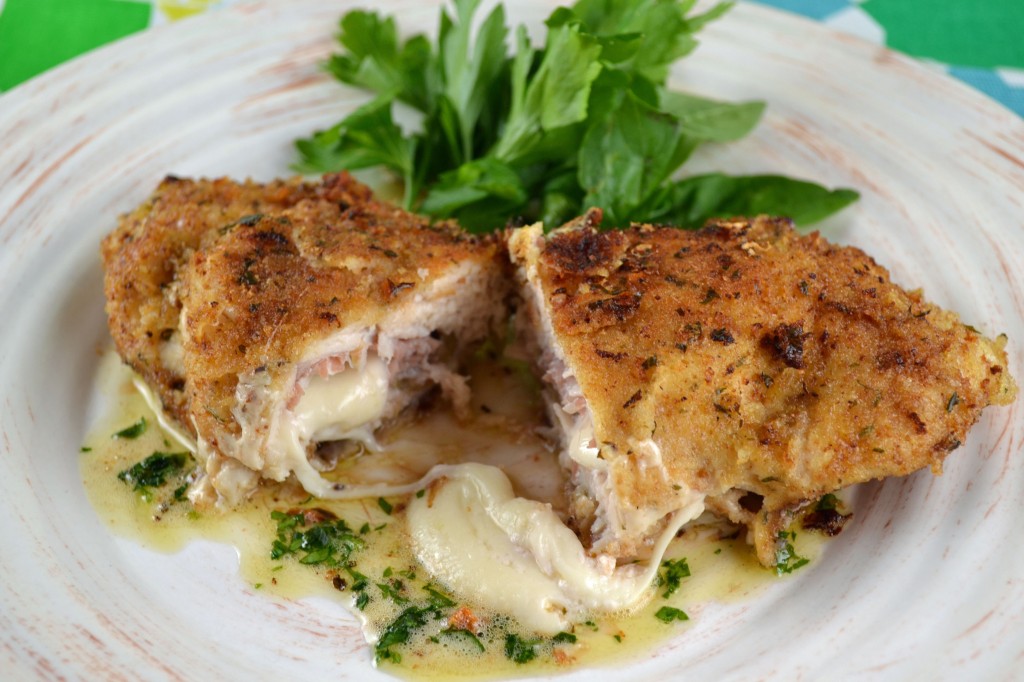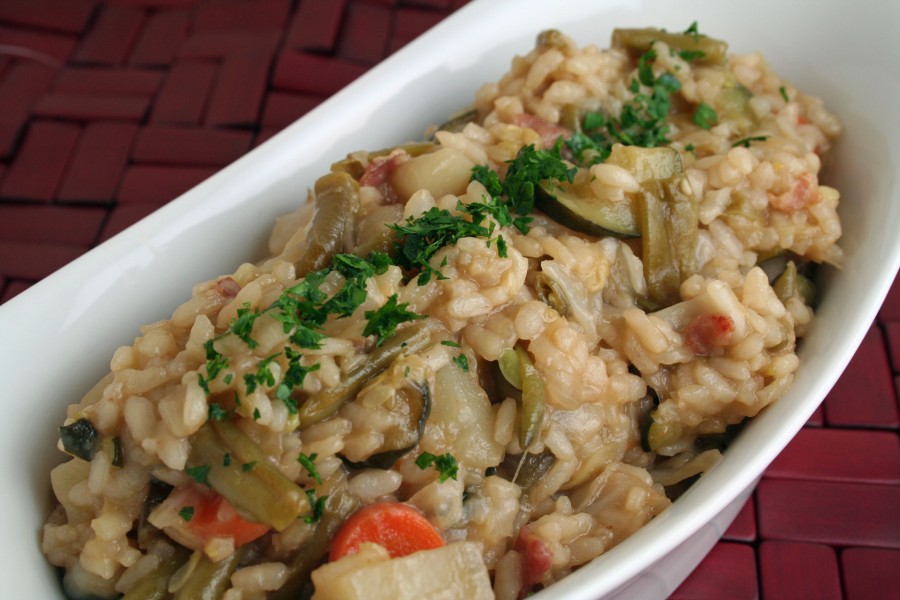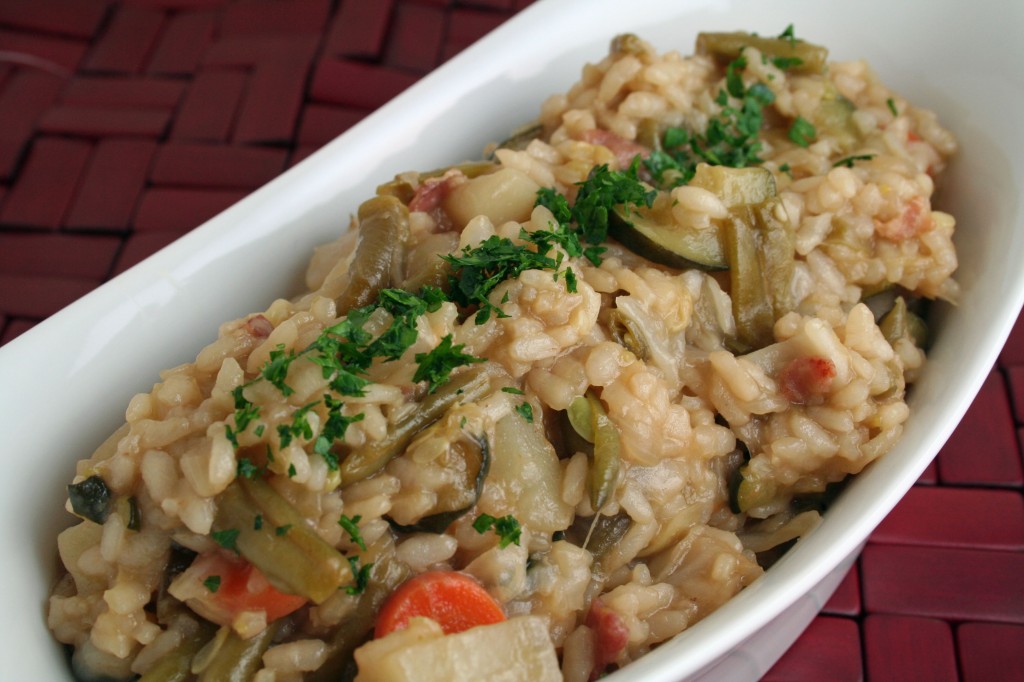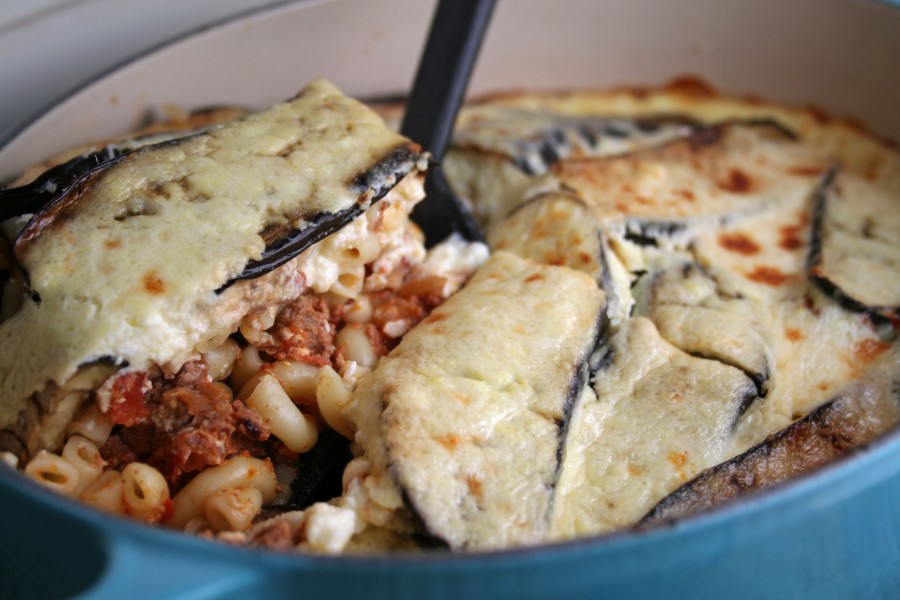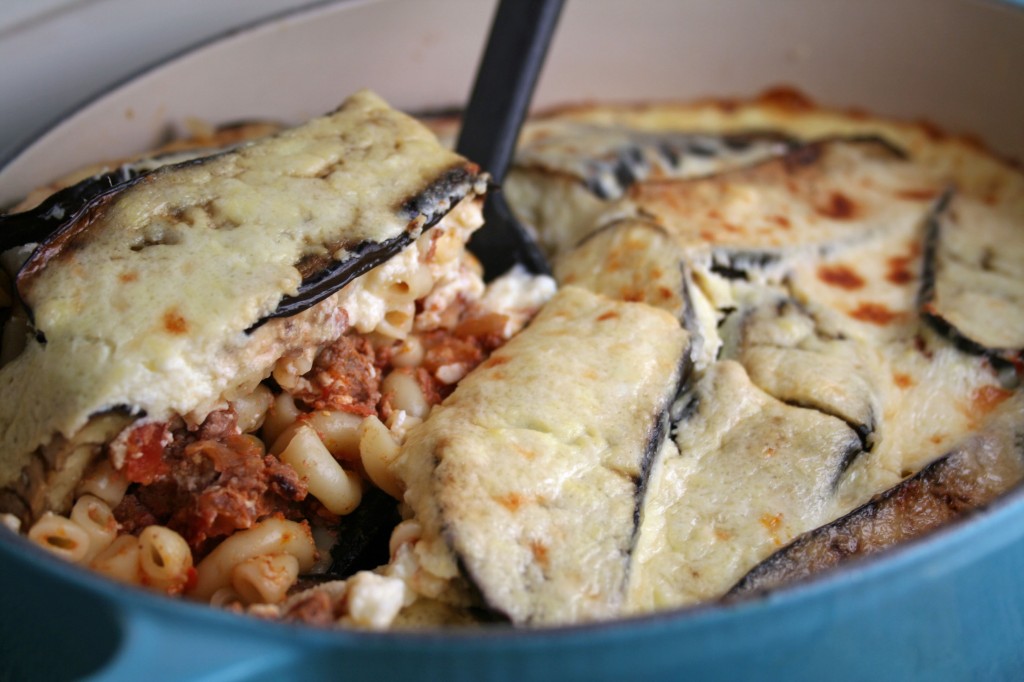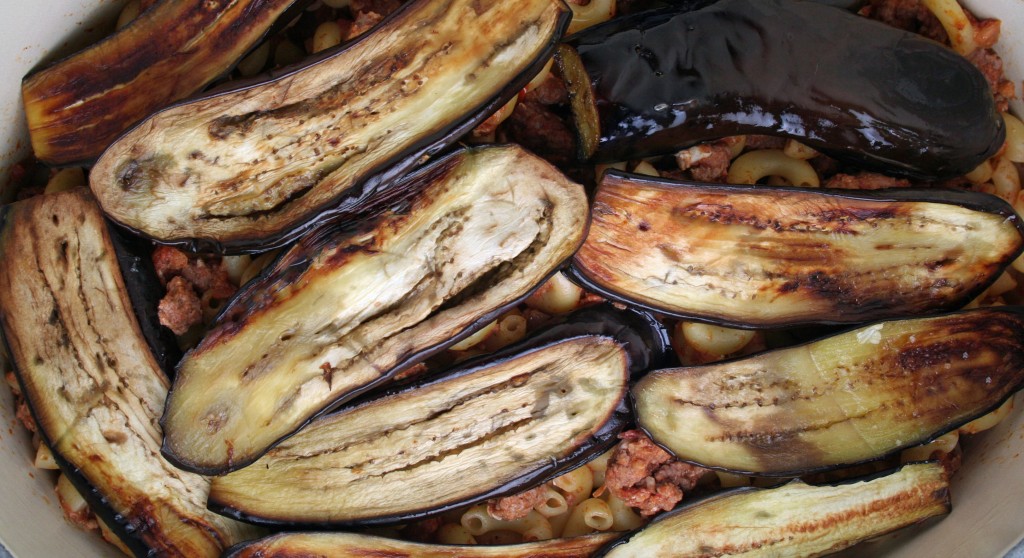Old Fashioned Gingerbread with Orange Scented Whipped Cream

Gingerbread goes hand in hand with the holidays. Its spicy warmth is irresistible on those cold winter nights in front of the fireplace or admiring the Christmas tree. We often associate gingerbread with cookies or even houses these days, but it actually takes many different forms – often depending on its European origin. This cake form is now considered particularly old fashioned. The recipe is adapted from “The James Beard Cookbook” and when it was published in 1959, James Beard was already describing it as truly old fashioned – which means it’s pretty darn old. However, classics such as these are timeless and good food never gets old especially if the ingredients and preparation remain simple.
I couldn’t resist adding a twist to the whipped cream, a must-have on top of each steaming hot piece. The cinnamon and cloves get along famously with citrus so a touch of fresh zest along with the juice of an orange, balances the spicy sweet flavors of this understated holiday specialty. My grandmother used whipped cream in many of her desserts. She actually has a page in her baking book devoted to how to make, flavor, and stabilize it. I like to think of this combination of old fashioned gingerbread with orange scented whipped cream as a joint recipe among two accomplished friends (James Beard and my grandmother, Paula Peck).
Ingredients:
Gingerbread
1 cup molasses
1/2 cup unsalted butter
2 1/3 cups all purpose flour
pinch salt
3/4 teaspoon baking soda
1 teaspoon ginger
1 teaspoon cinnamon
1/4 teaspoon ground cloves
1 cup sour cream
Orange Scented Whipped Cream
1 cup heavy cream
2 tablespoons sugar
1/2 teaspoon vanilla extract
1 teaspoon fresh orange juice
1 teaspoon orange zest
For the Gingerbread:
Preheat oven to 350 degrees and grease an 8×8 cake pan.
Put molasses and butter in a saucepan and heat until they boil. Sift the flour, salt, ginger, cinnamon, and ground cloves. When the butter and molasses are slightly cooled, add sour cream and then stir in spices and flour. Pour into prepared baking pan and bake 30-40 minutes or until a cake tester or toothpick comes out clean. Serve warm with a large dollop of orange scented whipped cream.
For the Whipped Cream:
Whip heavy cream in an electric mixer. When cream begins to thicken, gradually add sugar, vanilla, and orange juice. Fold in orange zest.
Gingerbread recipe adapted from “The James Beard Cookbook,” by James Beard.
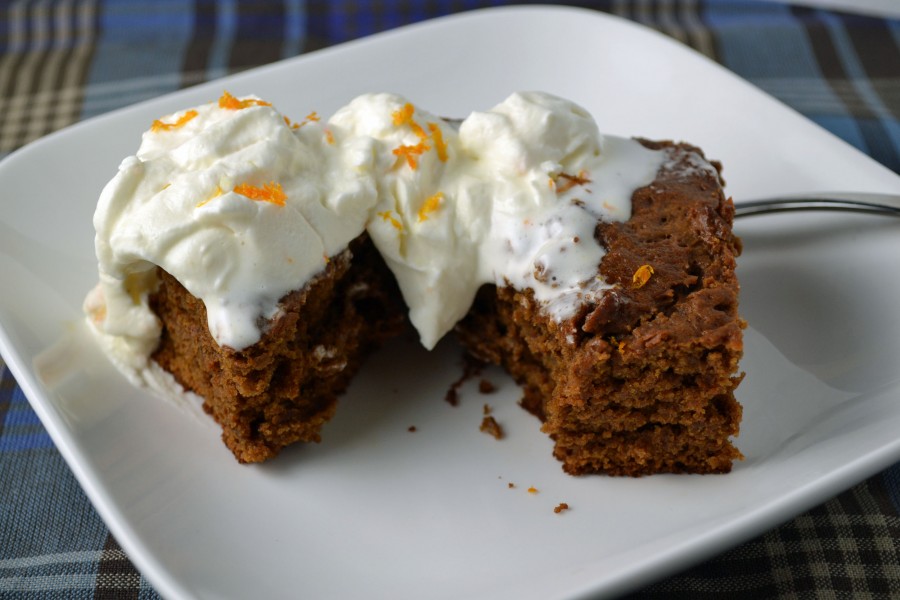

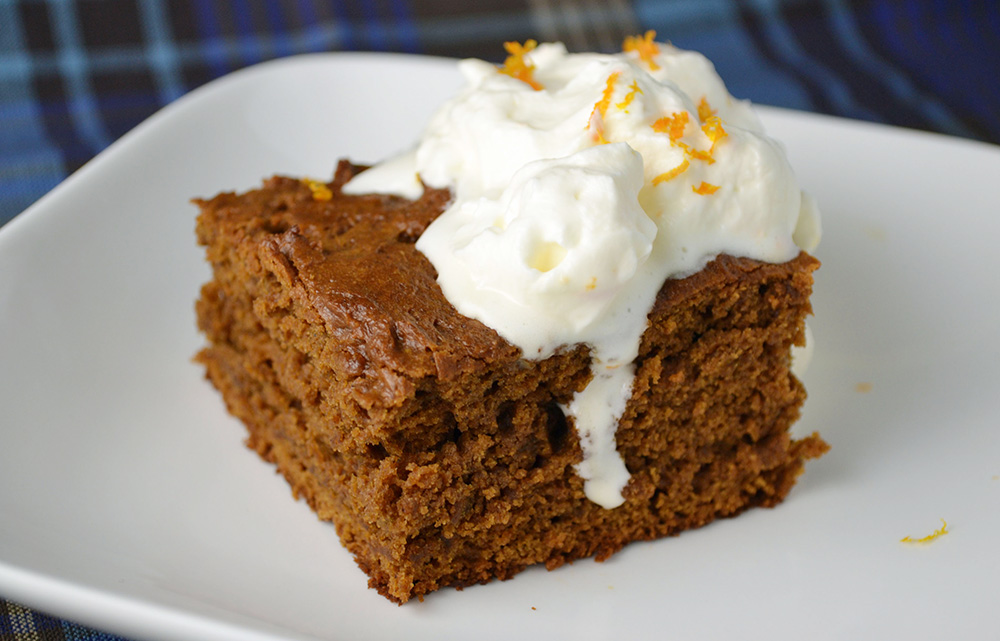
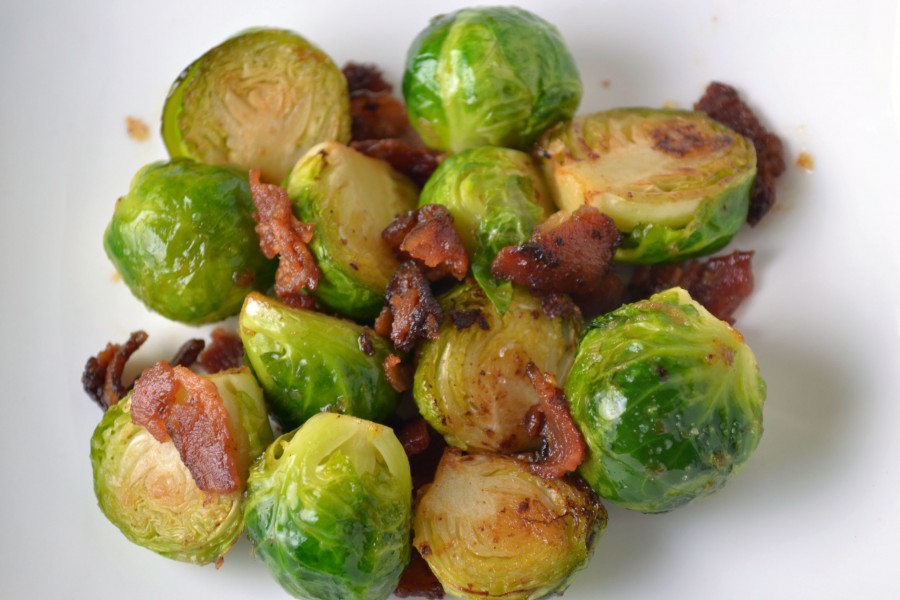
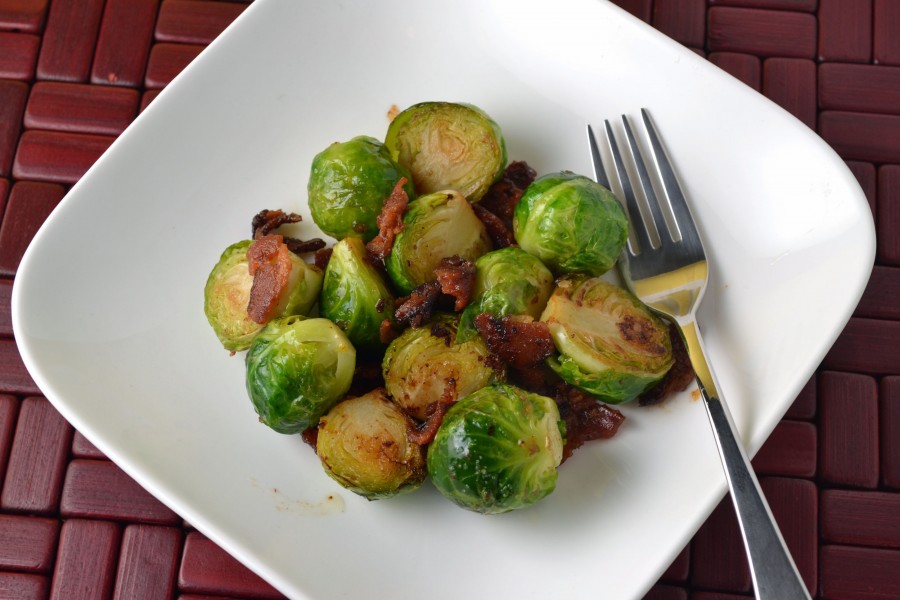
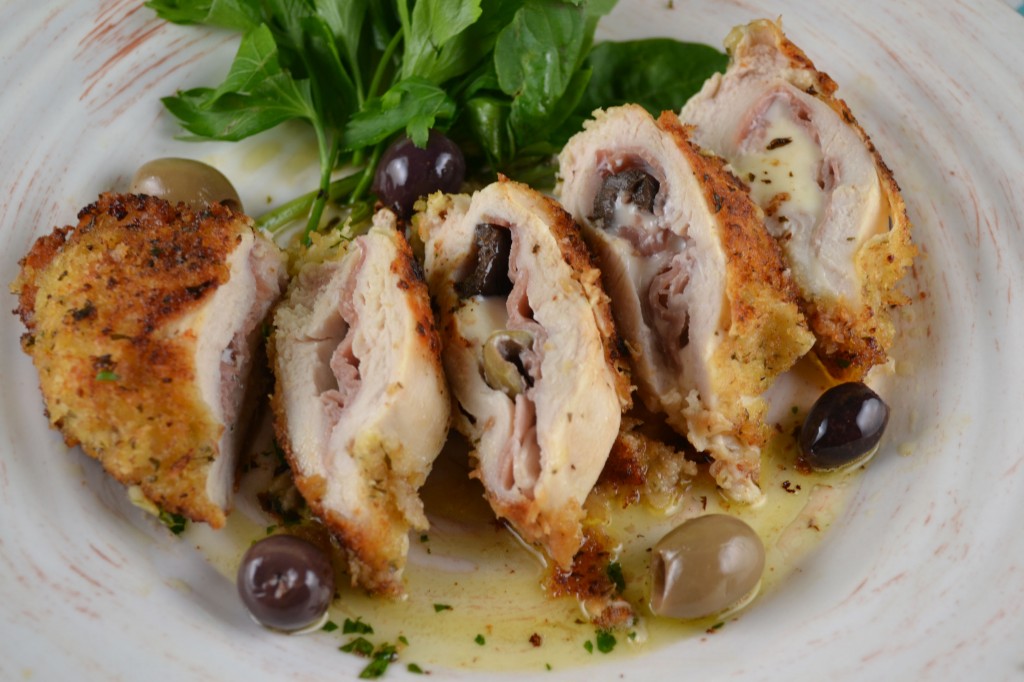 Saltimbocca has become somewhat of a classic. Originally Mediterranean, the name Saltimbocca is Italian for “jump in mouth” – a reference to the flavor explosion that takes place while eating this dish. There are varying ways to make saltimbocca. Veal, sage, capers, and sometimes provolone cheese are common ingredients. However, in each scenario the basics remain the same: the chicken or veal is sautéed and prosciutto is always involved (though I see no reason why you couldn’t use ham for a less expensive version). This recipe for Chicken Saltimbocca from “The Art of Good Cooking” happens to include black olives, which is somewhat rare but the beauty of this dish is its flexibility. Though I didn’t add it here, I think roasted red pepper could also make a nice addition to the center filling. The mozzarella is a natural match with the prosciutto and the crunchiness of the breading that soaks up some of the garlic butter is a combination that’s worth it alone – the other ingredients are just a bonus!
Saltimbocca has become somewhat of a classic. Originally Mediterranean, the name Saltimbocca is Italian for “jump in mouth” – a reference to the flavor explosion that takes place while eating this dish. There are varying ways to make saltimbocca. Veal, sage, capers, and sometimes provolone cheese are common ingredients. However, in each scenario the basics remain the same: the chicken or veal is sautéed and prosciutto is always involved (though I see no reason why you couldn’t use ham for a less expensive version). This recipe for Chicken Saltimbocca from “The Art of Good Cooking” happens to include black olives, which is somewhat rare but the beauty of this dish is its flexibility. Though I didn’t add it here, I think roasted red pepper could also make a nice addition to the center filling. The mozzarella is a natural match with the prosciutto and the crunchiness of the breading that soaks up some of the garlic butter is a combination that’s worth it alone – the other ingredients are just a bonus!
